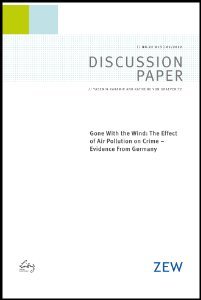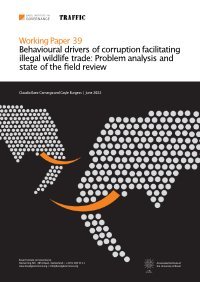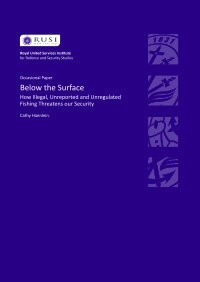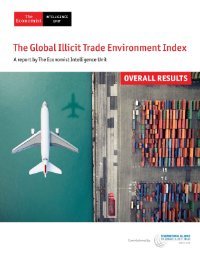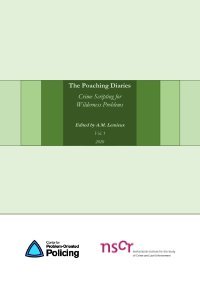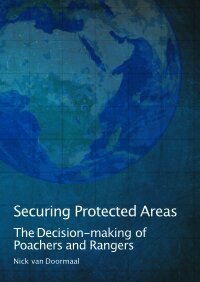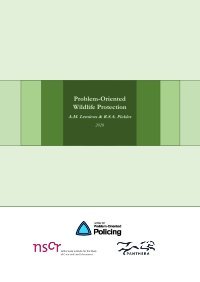By Yasemin Karamik And Kathrine von Graevenitz.
Recent evidence suggests a positive impact of air pollution on crime in large cities. We provide first evidence on the potential effect of air pollution on criminal activity using a broader set of geographical regions with lower air pollution levels. We use a unique combination of daily crime data with weather and emission records for the states of Baden-Wuerttemberg (BW) and Rhineland-Palatinate (RLP) in Germany from 2015 until 2017. We exploit the variation in air pollution which is attributable to changes in daily wind direction. We find that an increase of one standard deviation of PM10 leads to an increase in crime of 4.6%.
Mannheim, Germany: ZEW – Leibniz Centre for European Economic Research, 2002. 47p.


